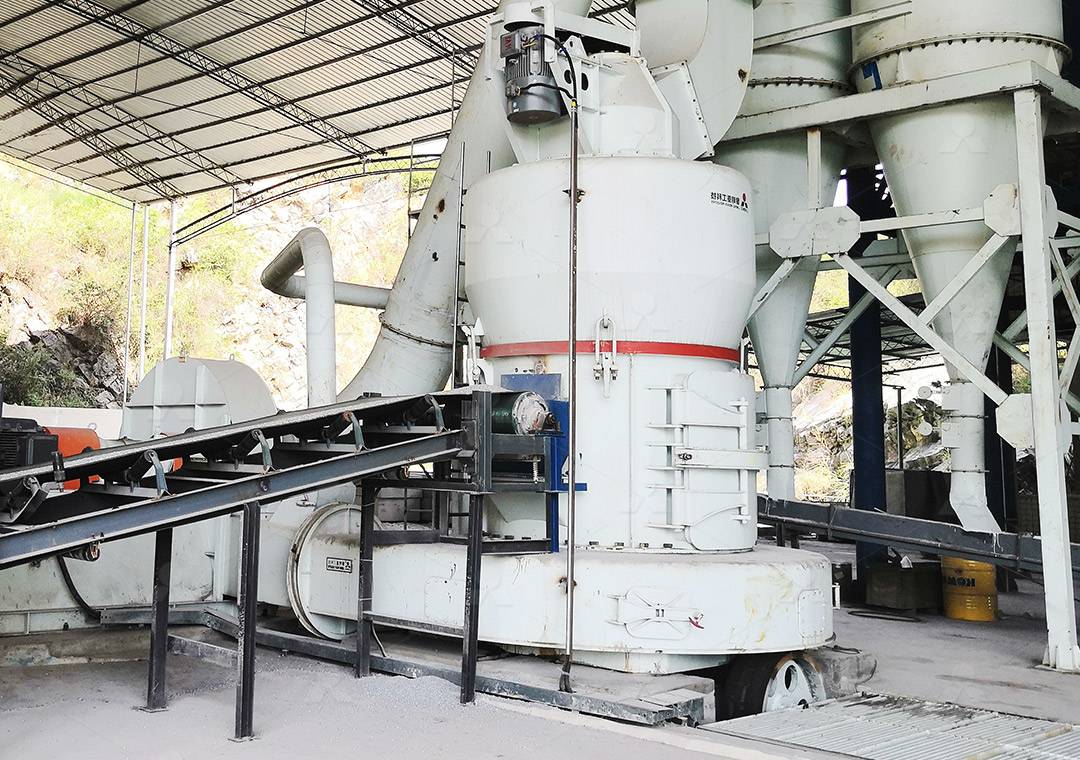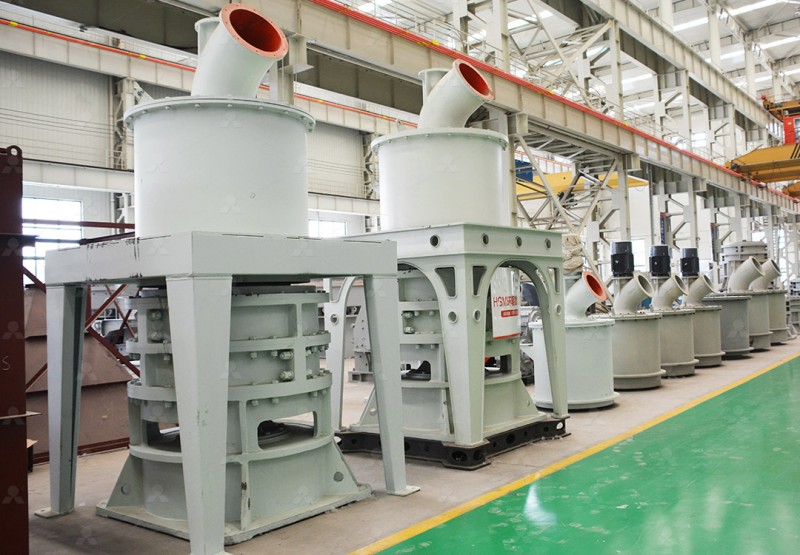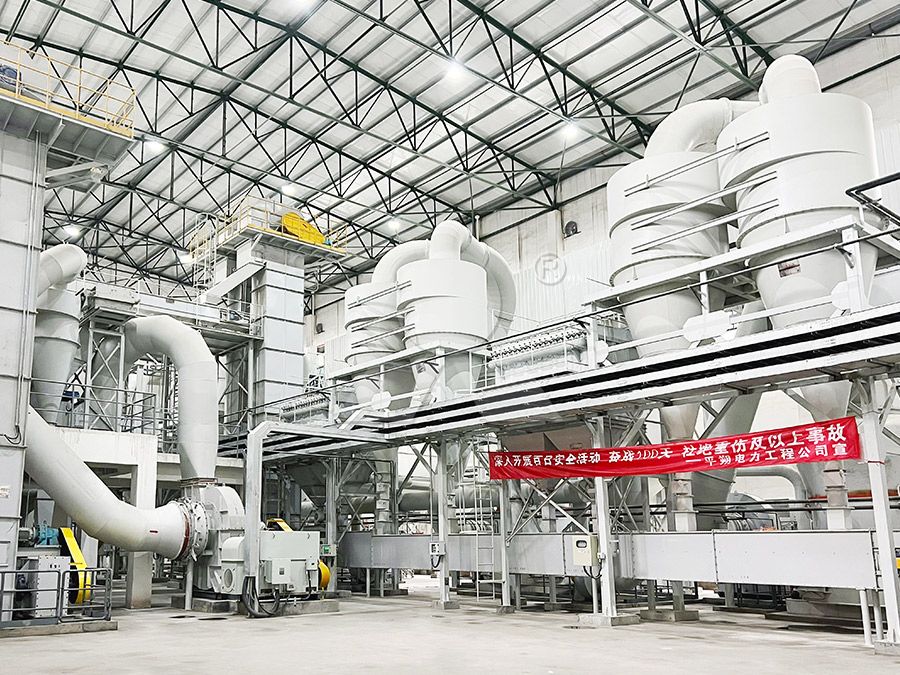5R Raymond Mill: High-Efficiency Grinding Equipment for Mineral Processing
5R Raymond Mill: High-Efficiency Grinding Equipment for Mineral Processing
In the demanding field of mineral processing, the efficiency and reliability of grinding equipment are paramount. The 5R Raymond Mill stands as a testament to enduring engineering excellence, offering a robust solution for producing fine powders from a variety of non-metallic minerals with hardness less than 7 Mohs and humidity below 6%. This workhorse of the industry continues to be a preferred choice for operations prioritizing consistent performance and operational economy.

Unpacking the Core Strengths
The 5R designation refers to the configuration of five grinding rollers, which work in conjunction with a large-diameter grinding ring. This design creates a substantial grinding zone, allowing for higher throughput compared to smaller models. The centrifugal force generated by the rotation of the main shaft causes the rollers to swing outward and press firmly against the ring, effectively pulverizing the material fed into the grinding chamber. Key advantages that have cemented its reputation include:
- Simplified & Robust Design: With fewer sophisticated internal components than some ultra-modern mills, the 5R Raymond Mill offers remarkable mechanical stability and ease of maintenance.
- Proven Cost-Effectiveness: It delivers a favorable balance between initial investment, energy consumption, and long-term operational costs, providing an excellent return on investment.
- Adaptable Fineness Control: The integrated classifier allows for adjustment of the final product fineness, typically within a range of 80 to 325 mesh, to meet various application requirements.
Where Modern Technology Takes the Lead
While the 5R Raymond Mill is a stalwart for standard fine grinding applications, many operations now demand higher yields, superior powder quality, and enhanced energy efficiency. For these advanced needs, we direct your attention to our next-generation grinding solutions.
For projects requiring ultra-fine powders, our MW Ultrafine Grinding Mill is the pinnacle of performance. Engineered for customers who need to make ultra-fine powder, this mill operates with exceptional efficiency. It features a newly designed grinding curve for its roller and ring, boosting production capacity by up to 40% compared to jet mills and doubling the output of a traditional ball mill, all while reducing system energy consumption by a remarkable 30%. Its cage-type powder selector, incorporating German technology, allows for precise fineness adjustment between 325 and 2500 meshes, achieving a d97≤5μm in a single pass. Furthermore, its innovative design eliminates rolling bearings and screws within the grinding chamber, mitigating common failure points and enabling worry-free, continuous 24/7 operation.

Another standout in our portfolio for ultra-fine processing is the LUM Ultrafine Vertical Grinding Mill. This mill represents a significant leap forward, integrating grinding, grading, and transporting into a single, compact unit. Its unique roller shell and lining plate grinding curve promote easier material layer formation, enabling a high rate of finished product in a single pass. This not only enhances working efficiency but also improves the whiteness and cleanliness of the final powder. The LUM mill incorporates a highly energy-saving multi-head powder separating technology and a PLC control system, allowing users precise control over grinding parameters and reducing energy consumption by 30%-50%.
Making the Right Choice for Your Operation
The selection between a reliable 5R Raymond Mill and a more advanced system like the MW or LUM series depends entirely on your specific production goals, material characteristics, and budget. The 5R remains a solid, cost-effective choice for standard fine grinding, while our ultrafine mills unlock new possibilities in product quality and operational efficiency for high-value applications.

Frequently Asked Questions (FAQ)
What is the typical input size and capacity of a 5R Raymond Mill?
The 5R Raymond Mill typically handles an input size of less than 25mm and offers a capacity ranging from 0.6 to 5 tons per hour, depending on the material and desired fineness.
How does the MW Ultrafine Mill achieve lower energy consumption?
The MW Mill achieves lower energy consumption through its optimized grinding curve for higher efficiency and the absence of energy-intensive components like rolling bearings in the grinding chamber. Its system energy consumption is only about 30% of a comparable jet mill.
Can the LUM Ultrafine Vertical Mill handle hard materials?
Yes, the LUM Mill is designed to process various non-metallic minerals. The pressure on its grinding rollers can be adjusted via a hydraulic system, allowing it to effectively handle materials of different hardness levels.
What industries are these grinding mills suited for?
These mills are widely used in industries such as mining, metallurgy, chemicals, construction materials (cement, ceramics), and power plant desulfurization for processing materials like limestone, calcite, dolomite, barite, and talc.
